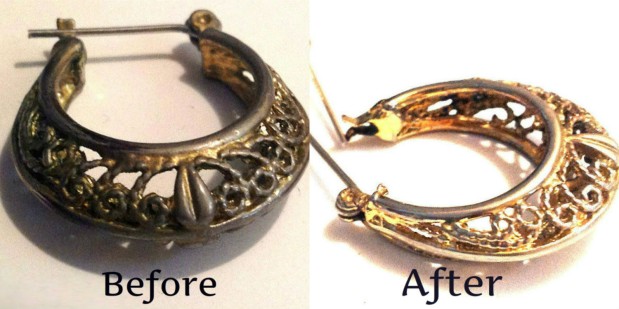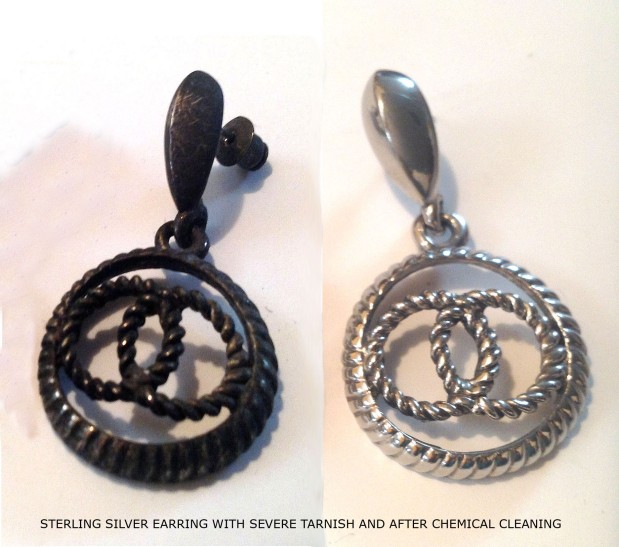This is the final part of Understanding the Artisan. Here I discuss the realities of costume jewelry and the uninformed shoppers who attend flea markets.
The Reality of Costume Jewelry
Costume jewelry is going to tarnish unless you take care of them and that includes .925 sterling silver. While pure gold (24 karats) does not tarnish, it has been my experience cleaning jewelry that jewelry with a mixture of gold and some other metal does tarnish. That is, the ratio of gold to metal used in the piece lowers the purity of the gold and thus increases the tendency to tarnish. However, if you have gold costume jewelry that did not cost a lot, you can be sure that the gold content is very low, but still high enough to be legally called gold depending on where it was made. For instance, by US standards, a mix of a little over 41% gold and some other metal is legally called gold and that’s around 10 karats. This standard varies by country. In Denmark and Greece for instance, the minimum percentage of gold mixed with some metal that is still considered gold is 8 karats, which is closer to 30% gold. So when you see genuine gold jewelry at flea markets and craft fairs, ask how much gold is in there. If the vendor can’t answer that question then he or she did not make the item at which point your follow up questions should be where did it come from and who made it? I cannot stress enough, that unless it is 24K gold, it is mixed with some other metal and the oxidative properties of adulterated gold jewelry increases as the ratio of metal mixed with it increases.
The Uninformed Shopper
So I try to explain to shoppers that most metals tarnish, which is why I sell all my items in air tight containers with a piece of anti-tarnish cloth to retard the oxidation process. I have seen no other jeweler on my level offer such features. A sensible person would think that knowing what the cloth does and its ability to be used to preserve their other pieces of jewelry from tarnish as well would be a selling point…right? Well, it’s not, at least, not to the shoppers that attend the flea markets I have participated in. I think that it’s either they don’t care or they don’t believe me or it may just be that they don’t understand the concept and science behind anti-tarnish cloth. Who knows? However, I’ve got to say that the most annoying bunch are the ones that actually stop just to complain about price and then don’t even want to listen to the process that goes behind making the item and the benefits of the cloth. On the other hand, I was rather pleased at the last affair I attended where one person actually understood my pricing because she did the same thing in her country. I guess it takes an artisan to understand another and to truly appreciate the work that goes into making something beautiful.
Get in-the-know and be informed
So remember, as a shopper, when you see a vendor at a market or fair offering something that you find appealing, even if you feel it may be out of your price range; ask. Maybe once you hear about the work and materials that went into making it, you will change your mind. At the very least, you will learn something about the process that you most likely never knew before. Perhaps you could even recommend the item to someone else you know. As a vendor, I appreciate word-of-mouth advertising. Moreover, if you purchase something, you get the satisfaction of knowing that it was made right here in the US, which is very rare these days. It’s not hard to be an informed shopper.
Stay Fabulous!


